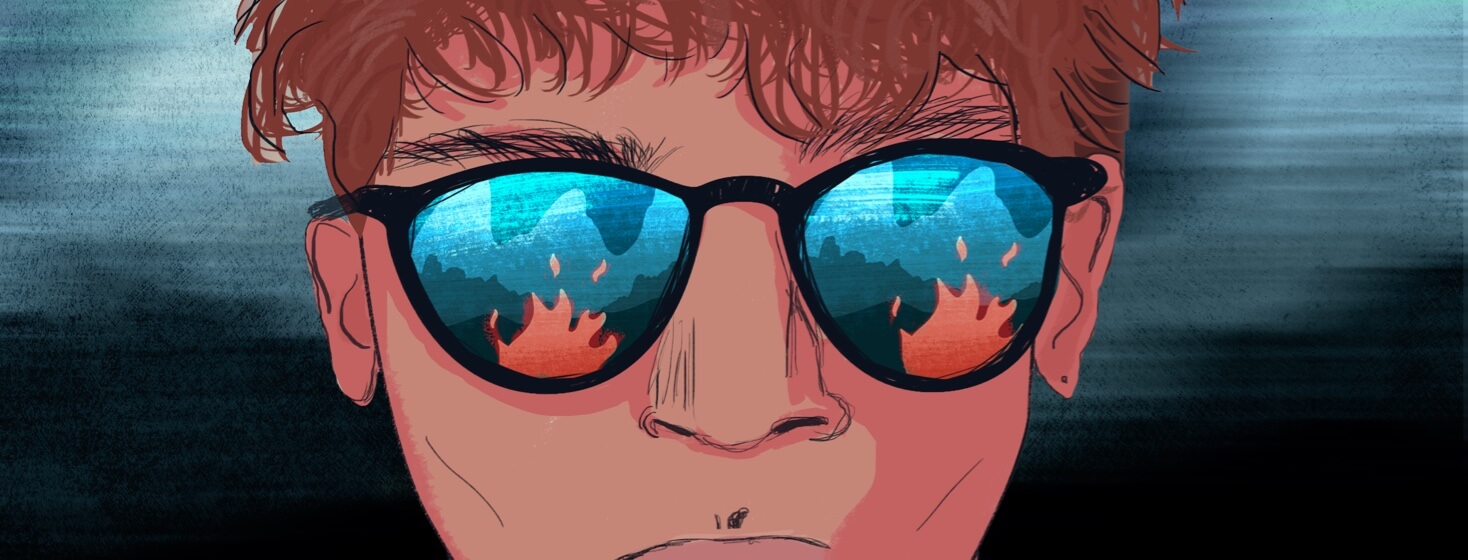TED Is Here To Stay
After 3 years of my thyroid eye disease (TED) being active, my eyes stabilized! I celebrated finally making it to the inactive phase of TED. My doctor and I promptly scheduled the surgeries to correct the damage left to my eyes. I viewed these surgeries as the final steps to complete normalcy. Say goodbye to TED!
Optimistic about my next chapter
I thought being in the inactive phase meant I could go on with my days without managing my eyes at all. I let my ridiculous amount of sunglasses sit idly in a drawer like a bad memory. I was going to be like those women on the TED commercials who triumphantly take off their sunglasses showing amazingly clear and normal looking eyes and a joyful smile.
The catch phrase is, "I only wear sunglasses now because I want to, not because I have to!" My optimism just kept rising with thoughts like:
- I do not have to buy eye drops every time I am at the pharmacy.
- I can sit anywhere I want in the restaurants instead of avoiding sitting near the windows or under bright lights.
- I can read my books now instead of always listening to audiobooks!
This or That
Are you still experiencing TED symptoms in the inactive phase?
Experiencing symptoms in the inactive phase of thyroid eye disease
While optimism is good, our recent spring weather here in Wisconsin, gave me a reality check. On one of the first sunny days, I took off on my bike, planning on riding maybe 5 to 10 miles. Into my first mile, I realized that the sun and mild breeze felt more like a dust storm to my eyes. Instead of the insignificant pair of sunglasses I carelessly put on, I should have worn a pair of dark wrap around sunglasses or even a pair of goggles. Still with my stubborn optimism (or denial?) I only casually protected my eyes.
Then recently I traveled to Virginia Beach, Virginia with family and for 3 days we walked the boardwalk. We ended the last evening sitting around a roaring campfire. I love campfires, but I quickly realized my eyes hate them. Moving my chair farther back from the fire was not helpful. The painful effect to my eyes lasted for a week and was so distressing that I needed to use gel drops daily and nightly.
Finding out that TED is here to stay
I have done my homework and talked to my doctor to better understand this second phase of thyroid eye disease.
I learned that being in the inactive phase does not mean TED has gone away. It means the constant changes to the eyes have stabilized; redness and irritation has gone away or decreased; bulging and the staring appearance has not gotten worse; and the swelling in and around my eyes has stopped or slowed down.
There is another name for this second phase of TED and that is the "chronic" phase. The word, "chronic" is daunting in itself. It means persisting for a long time or constantly recurring. Since thyroid eye disease is an ONGOING autoimmune disease, we may still have symptoms.
The extent of symptoms TED patients in this phase deal with will vary. I am happy for those who experience little to no symptoms, and even a little envious.
My reality is that I need to keep my sunglasses handy, sit a mile away from campfires (or smokers), wear a sunhat, continue to use eye drops and gel drops and keep Tylenol handy for those headaches I get behind my eyes when I cannot put down a good book.
I am learning I have to respect this disease instead of treating it like an imposter that I outsmarted. I am tired of it, but in reality TED is here to stay and I have to manage it.
Do you have a thyroid eye disease (TED) story? Click the button below to share with our community!

Join the conversation